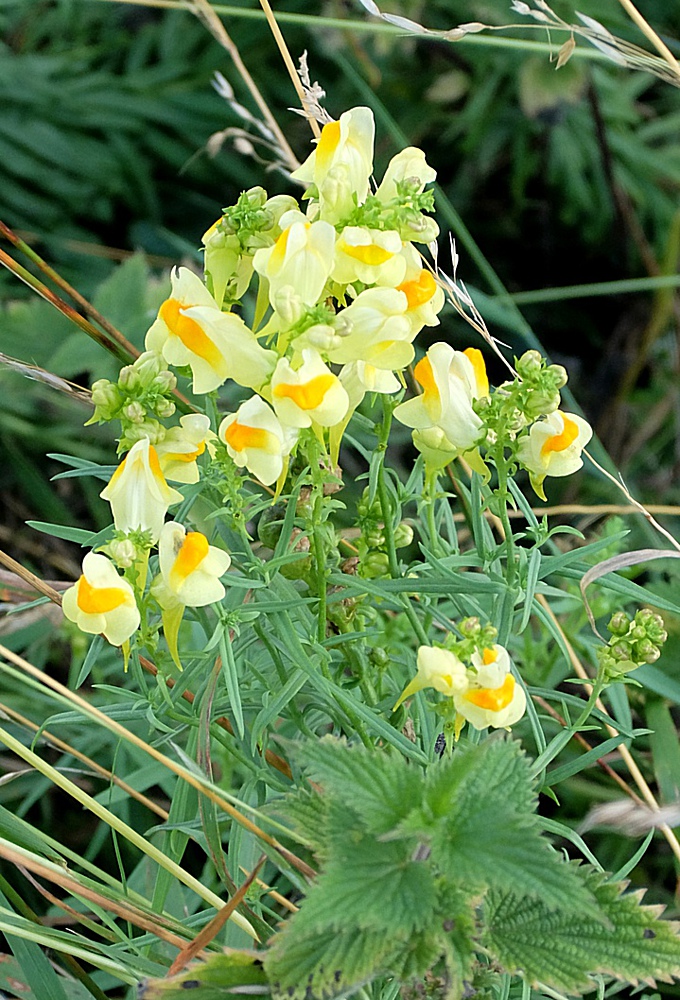Welcome to the Rudloe and environs website.
Here you will find news, articles and photos of an area that straddles the Cotswold Area of Outstanding Natural Beauty in north-west Wiltshire.
Contributions in the form of articles or photos are welcome. Even those with completely contrary views to mine!
Thanks to the website builder 1&1 and Rob Brown for the original idea.
Rudloescene now, in January 2014, has a sister, academic rather than anarchic, website about Box history here: http://www.boxpeopleandplaces.co.uk/
It contains thoroughly professional, well-researched articles about Box and its people.
Contact rudloescene through the 'Contact' page.

Another Covid week has gone by. It's now Sunday 19th July 2020 and the fine weather (but unseasonably windy as it has been throughout June and July) sees another local walk starting in Boxfields Road. The title picture shows toadflax (whose common name is butter and eggs) in Boxfields Road. I can't recall seeing this here in previous years but maybe my memory is playing tricks as there were also other plants in the Boxfields Road verge which I don't remember seeing here before, these were chicory, weld (dyer's rocket), alfalfa (Medicago sativa) and hedge woundwort - photos below. Plant identification for the latter two was enabled through Brian Bowring's plant identification app on his smartphone.
Talking of unseasonably windy weather, 'we' have been out over the past couple of nights trying to spot comet Neowise and, for July, tis bloody cold (that's a technical term). Any road up, we spotted
it in the north-western sky on Sunday night (I write this on Tuesday, 21st July) but not last night (can't think why). It appears like a faint, vertical, whiteish streak and, from our limited
experience, is best 'spotted' through peripheral vision (ie don't try to look directly at it but look to either side of it and your peripheral vision seems better able to pick it out). It's
nowhere near as clear as Hale-Bopp (or Comet Turner as we called it - long story) which could also be seen in the north-western sky in 1997. But don't miss it as it won't be around again for 6,300
years!
